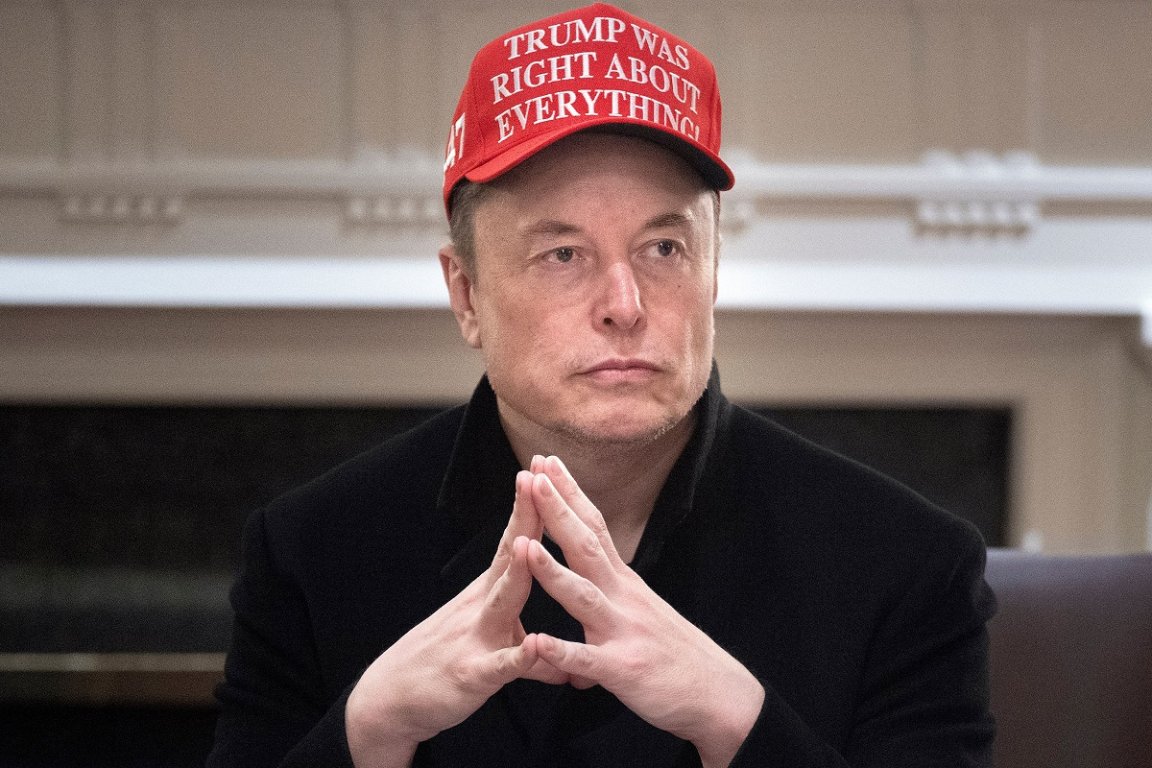
We’ve finally gotten a glimpse at one of Tesla’s Robotaxis in action.
But don’t expect your socks to be blown off. As seen in a bystander’s footage taken in Austin, Texas, that Elon Musk has proudly reshared, it’s literally just a black Model Y with the word “Robotaxi” scrawled on the side in a painfully outdated graffiti font. The future is truly upon us.
“Beautifully simple design,” Musk tweeted, presumably through a pained grimace.
To be clear, this isn’t the Cybercab, Tesla’s currently in-development car that’s supposed to function exclusively as an autonomous taxi, with an extremely boneheaded design that features only two seats and no steering wheel. What we’re seeing, instead, is a regular Tesla with a software update (and a mid-life crisis design flourish.)
“These are unmodified Tesla cars coming straight from the factory,” Musk explained in a followup tweet, “meaning that every Tesla coming out of our factories is capable of unsupervised self-driving!”
The self-driving cabs are right around the corner. According to a Bloomberg report last month, Tesla plans to launch its Robotaxi service in Austin on June 12, with development reportedly ahead of schedule.
Around the time of the reporting, Musk confirmed in a tweet that the automaker had completed its first test of operating a Robotaxi with no human behind the wheel on a public road. In the recent footage, there was no driver physically present, either.
The cab service will start with about 10 vehicles operating in the city, according to Musk. At first, only Tesla employees will be allowed to ride in them. But Musk insisted that the service will quickly expand, if all goes to plan. In one of his trademark grand promises, the billionaire estimated that the city would be crawling with over 1,000 Tesla robotaxis “within a few months” of launching, and upped the ante further by adding that more than a million self-driving cars would be roaming American roads by the end of 2026.
There are still huge question marks hovering over the entire thing. Tesla’s current self-driving offerings, like its misleadingly named Full Self-Driving feature, are considered to have Level 2 autonomy. That means a human driver must be physically present and ready to take control at any moment.
But Robotaxis will need to operate at Level 4 autonomy and higher, which entails they’re capable of driving with no human present, though only in limited conditions. That’s a concerning leap, as Tesla’s safety record with its existing FSD is already questionable, and it’s yet to demonstrate that it can even accomplish Level 3.
The choice of location explains a lot. Texas virtually has no special regulations in place for autonomous vehicles. A prospective Robotaxi basically just has to follow the same safety requirements as any other car, along with having cameras and other data recording systems installed. And due to a 2017 Texas law, cities can’t intervene by imposing their own regulations, leaving everything handled by the state.
At this stage, it’s also unclear how Tesla plans to teleoperate the vehicles, a term that describes the use of humans to remotely supervise or even completely control the Robotaxis as they prowl public roads — something that Tesla’s competitors in the space also do, though they try to avoid talking about. Tesla has put up listings for developing a teleoperation system — but, perhaps tellingly, has avoided providing any further details.
More on Tesla: Cybertruck Sales Are So Bad That We Gasped